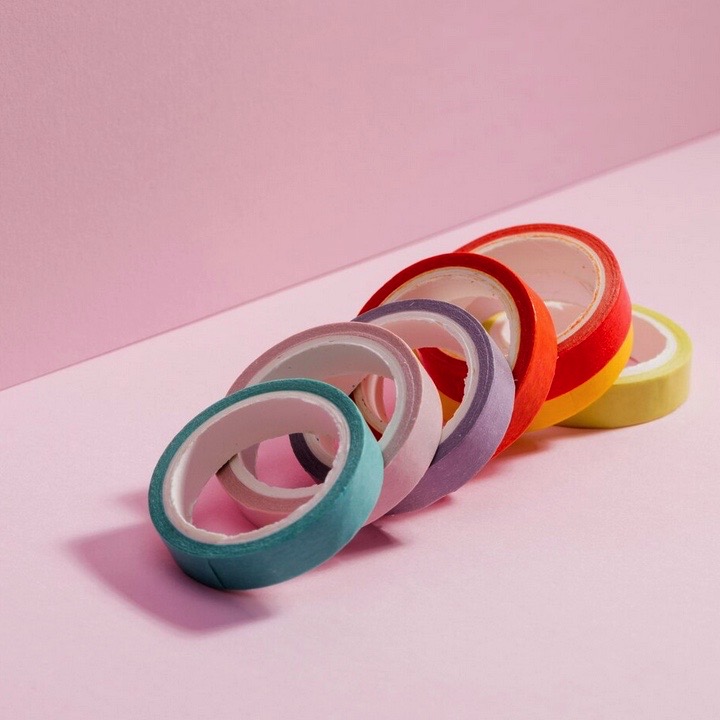Management of stress urinary incontinence using transobturator tape: a case series

Accepted: 1 March 2024
All claims expressed in this article are solely those of the authors and do not necessarily represent those of their affiliated organizations, or those of the publisher, the editors and the reviewers. Any product that may be evaluated in this article or claim that may be made by its manufacturer is not guaranteed or endorsed by the publisher.
Authors
Urinary incontinence is a health problem for women and the elderly, both physically and psychologically. To cure it, mid-urethral sling surgery is used. Moreover, the transobturator tape (TOT) appears to reduce the incidence of bladder injuries. This case series aims to assess the safety and efficacy of TOT at Dr. Cipto Mangunkusumo Hospital, Jakarta, Indonesia. We present eleven female patients diagnosed with stress urinary incontinence (SUI) and complaints of involuntary leakage during sneezing, coughing, or laughing. All patients underwent a TOT operation, which included a coughing test, pad test, residual volume, and urinalysis to rule out the infection. Out of the eleven patients, eight showed the reported urinary leakage at the first follow-up, and three did not attend the follow-up. The pad test post-operative results from five patients were obtained: four patients revealed 0 g in their pad test, while one showed 3 g. No patient experienced sling erosion during control or follow-up management. The low erosion rate was due to the usage of type 1 polypropylene mashes (macropore, monofilament), and the procedure was done with the correct technique. The sling TOT procedure seems effective and has the potential to become the new gold standard in the management of true SUI with low morbidity.
How to Cite

This work is licensed under a Creative Commons Attribution-NonCommercial 4.0 International License.
PAGEPress has chosen to apply the Creative Commons Attribution NonCommercial 4.0 International License (CC BY-NC 4.0) to all manuscripts to be published.
An Open Access Publication is one that meets the following two conditions:
- the author(s) and copyright holder(s) grant(s) to all users a free, irrevocable, worldwide, perpetual right of access to, and a license to copy, use, distribute, transmit and display the work publicly and to make and distribute derivative works, in any digital medium for any responsible purpose, subject to proper attribution of authorship, as well as the right to make small numbers of printed copies for their personal use.
- a complete version of the work and all supplemental materials, including a copy of the permission as stated above, in a suitable standard electronic format is deposited immediately upon initial publication in at least one online repository that is supported by an academic institution, scholarly society, government agency, or other well-established organization that seeks to enable open access, unrestricted distribution, interoperability, and long-term archiving.
Authors who publish with this journal agree to the following terms:
- Authors retain copyright and grant the journal right of first publication with the work simultaneously licensed under a Creative Commons Attribution License that allows others to share the work with an acknowledgement of the work's authorship and initial publication in this journal.
- Authors are able to enter into separate, additional contractual arrangements for the non-exclusive distribution of the journal's published version of the work (e.g., post it to an institutional repository or publish it in a book), with an acknowledgement of its initial publication in this journal.
- Authors are permitted and encouraged to post their work online (e.g., in institutional repositories or on their website) prior to and during the submission process, as it can lead to productive exchanges, as well as earlier and greater citation of published work.
Similar Articles
- Zhuoran Chen, Lucy Bates, Nevine Te West, Kate H. Moore, A 9-year audit of the efficacy of diathermy for cystitis cystica , Urogynaecologia: Vol. 31 No. 1 (2019)
You may also start an advanced similarity search for this article.

 https://doi.org/10.4081/uij.2024.315
https://doi.org/10.4081/uij.2024.315



